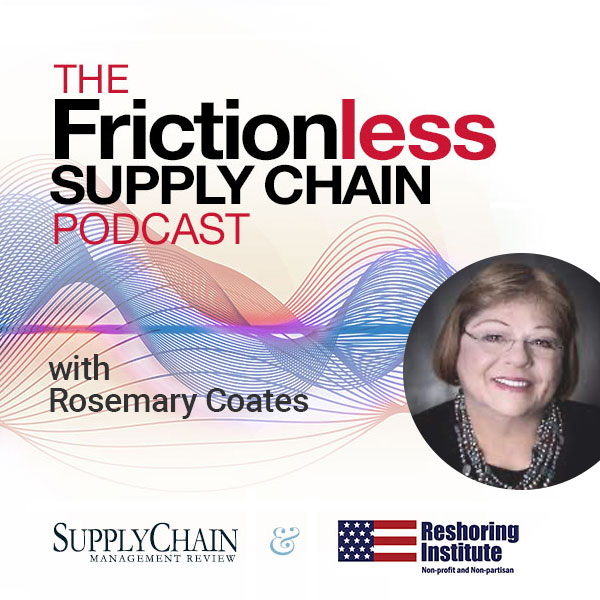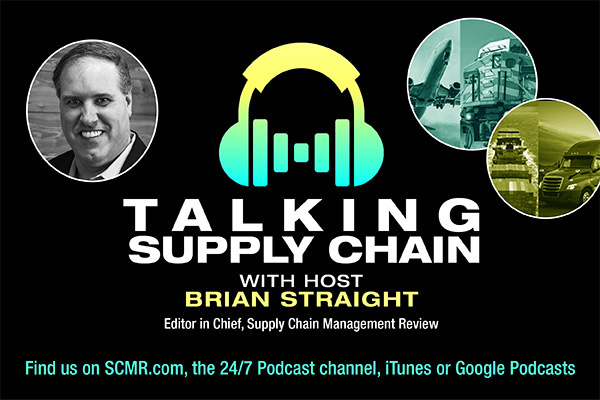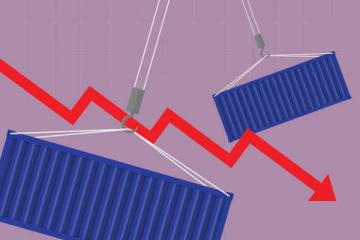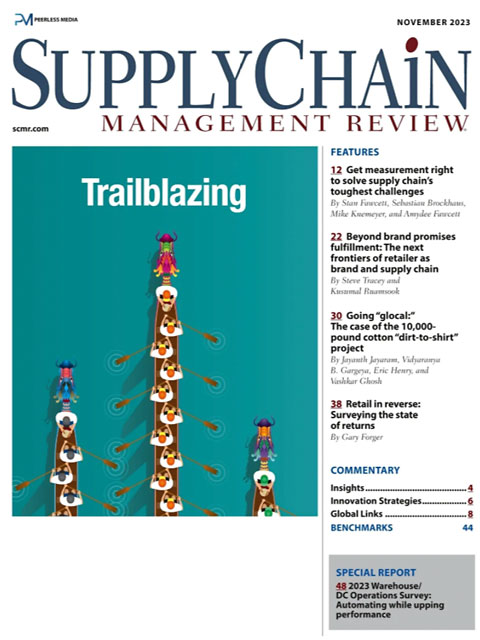Sorry, but your login has failed. Please recheck your login information and resubmit. If your subscription has expired, renew here.
November 2023
Last month, I had the pleasure of attending the NextGen Supply Chain Awards in Chicago. It was my first time attending the conference, which was in its fifth year, and I came away impressed with both the content and the quality of professionals I met in Chicago. This year’s conference—Strategies for a Digital Future—featured nearly 50 speakers and included CEOs and senior vice presidents, founders and innovators, leading academics and researchers, and top consultants. Over two days of the event at the Chicago Athletic Association, we learned more about artificial intelligence and predictive analytics, robotics and machine learning, fulfillment… Browse this issue archive.Need Help? Contact customer service 847-559-7581 More options
My last Insights column, “The longevity economy: Seniors need innovative supply chains,” discussed the implications to the U.S. economy from the aging and retirement of the Baby Boomers. This column will discuss the issue from a worldwide perspective.
U.S. Boomers need product innovation
The last column discussed that Boomer retirees will be more educated and wealthier, as well as live longer and healthier lives, than any other age cohort in U.S. history. Because of its size, the cohort’s contribution to the future U.S. economy, called the “longevity economy,” will be significant.
A telling statistic is that, according to the U.S. Census Bureau’s 2018 forecasts (up to the year 2060), the population of older adults (65 and older) will start to exceed children (younger than 19) by 2035. This is due to Boomers living longer, as well as younger generations of women having lower birth fertility rates (i.e., births per woman). Therefore, there will be fewer K-to-12 students than seniors over 65 for the first time in history, resulting in drastic changes to future market demand.
Thus, significant innovation will be required in products (i.e., goods and services) to meet that demand. Boomers will have longer retirements and require products that are tailored to meet their needs during various phases of their decline in physicality and mental acuity over time.

This complete article is available to subscribers only.
Log in now for full access or start your PLUS+ subscription for instant access.
SC
MR
Sorry, but your login has failed. Please recheck your login information and resubmit. If your subscription has expired, renew here.
November 2023
Last month, I had the pleasure of attending the NextGen Supply Chain Awards in Chicago. It was my first time attending the conference, which was in its fifth year, and I came away impressed with both the content and… Browse this issue archive. Access your online digital edition. Download a PDF file of the November 2023 issue.
My last Insights column, “The longevity economy: Seniors need innovative supply chains,” discussed the implications to the U.S. economy from the aging and retirement of the Baby Boomers. This column will discuss the issue from a worldwide perspective.
U.S. Boomers need product innovation
The last column discussed that Boomer retirees will be more educated and wealthier, as well as live longer and healthier lives, than any other age cohort in U.S. history. Because of its size, the cohort’s contribution to the future U.S. economy, called the “longevity economy,” will be significant.
A telling statistic is that, according to the U.S. Census Bureau’s 2018 forecasts (up to the year 2060), the population of older adults (65 and older) will start to exceed children (younger than 19) by 2035. This is due to Boomers living longer, as well as younger generations of women having lower birth fertility rates (i.e., births per woman). Therefore, there will be fewer K-to-12 students than seniors over 65 for the first time in history, resulting in drastic changes to future market demand.
Thus, significant innovation will be required in products (i.e., goods and services) to meet that demand. Boomers will have longer retirements and require products that are tailored to meet their needs during various phases of their decline in physicality and mental acuity over time.
 SUBSCRIBERS: Click here to download PDF of the full article.
SUBSCRIBERS: Click here to download PDF of the full article.
SC
MR


More Global Trade
- A reshoring history lesson
- Planning fatigue may be settling in
- Despite American political environment, global geopolitical risks may be easing
- World Trade Centers offers a helping hand to create resilient, interconnected supply chains
- Israel, Ukraine aid package to increase pressure on aerospace and defense supply chains
- How one small part held up shipments of thousands of autos
- More Global Trade
Latest Podcast

 Explore
Explore
Procurement & Sourcing News
- A reshoring history lesson
- Strategic cost savings differ from cutting costs
- Planning fatigue may be settling in
- Inflation, economic worries among top supply chain concerns for SMBs
- April Services PMI declines following 15 months of growth, reports ISM
- Despite American political environment, global geopolitical risks may be easing
- More Procurement & Sourcing
Latest Procurement & Sourcing Resources

Subscribe

Supply Chain Management Review delivers the best industry content.

Editors’ Picks





